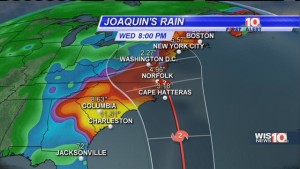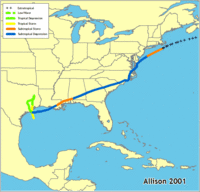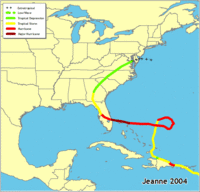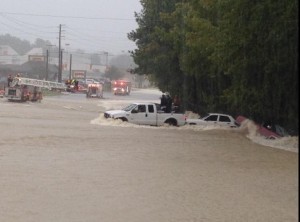Recall more than Recognition has always been an issue for me. Remembering most things, from general information to small task has always been a huge challenge. Growing up as a child, if someone gave me a few simple tasks to accomplish at once, it was almost always inevitable that I would only accomplish two at most. Throughout all 12 grades of regular schooling, the simplest lessons taught; which most people still remember today, such as capitals of states, who the first 5 Presidents of the United States was, and perhaps what a neuron and a cell is, seemed to escape me relatively quickly. Even now as an adult, remembering day to day information, names of regular faces at work, and recalling lessons taught in college courses, seem to be the most challenging task. The bottom line is if I fail to write down a task or whatever information is provided to me, whoever provided the information in hopes of me utilizing for a purpose, might as well forget it also… after 30 seconds it all decays and becomes lost in translation.
So as I read Goldstein’s Cognitive Psychology book and began to conduct further research, I realized that memory recall and retrieval are complex. As I researched, I found information which explained that memories are stored in our brains more like a jigsaw puzzle with different elements stored in disparate parts of the brain which are linked together by “neural networks”, as opposed to all information being stored as a collection of organized books or videos (http://www.human-memory.net/processes_recall.html). Since memory retrieval is in essence the act of gathering information from different areas of the brain, retrieval requires the nerve pathways that the brain formed to encode the information to be revisited. “The strength of those pathways determines how quickly the memory can be recalled” (http://www.human-memory.net/processes_recall.html). Without encoded information first being retrieved, it cannot be utilized; therefore, the retrieval process is paramount. More often than not, the inability to remember is the result of retrieval failures (Goldstein, 2011).
As I continued to read Goldstein’s text, I became certain that I discovered one possible culprit that may cause my inability to remember; which is the infamous “Illusion of Learning” (Goldstein, 2011). Rereading material over and over; which I now know only increases fluency and the familiarity effect, not increase memory of the material, is a study habit that I’ve used ever since I can remember. Familiarity Effect causes the tendency to believe that because you recognize material in front of you, you will remember it later; which I’ve always been able to attest to the fact that it’s untrue; however, I too, also thought it was simply MY inability to remember. Lastly, highlighting material is also an illusion of learning. Highlighting only creates repetitive motions of your hand, as opposed to deep processing of the material because as the material is highlighted; deep thought about WHAT is being highlighted fails to occur (Goldstein, 2011). I’ve also been guilty of highlighting until my hand was sore; only to later trigger the “deer in headlight stare” upon attempting to use my notes as study or test taking material. Certainly, if I would have know then what I know now in regards to study habits and the illusion of learning, I perhaps could have given the illusion of being smarter than a 5th grader.
One observation that I’ve always noticed is that events and information which seems to be connected to emotions and are “heartfelt” in some way, I appear to recall a lot easier than other information or events. Enhanced memories for emotional events are linked to interactions between the amygdala, hippocampus, and prefrontal cortex (PFC) (Cahill & McGaugh, 1996). “This seems to affect women more so than men. This is due to the fact that women and men process emotional memories differently.” The encoding and consolidation of memory for emotional events takes place in the amygdala; which is triggered by emotions to influence the memory during emotional situations (Goldstein, E. B., 2011). As I also read, Memory recall appears to be state-dependent to some extent. Information is subsequently recalled more accurately when an individual is in the same emotional state at the time of retrieval as similar to the emotional state at the time the information is encoded (http://www.human-memory.net/processes_recall.html).
As I now know that as the pathways can be influenced by emotions, events, rehearsals, and test; even the weakest pathway can become the strongest.












